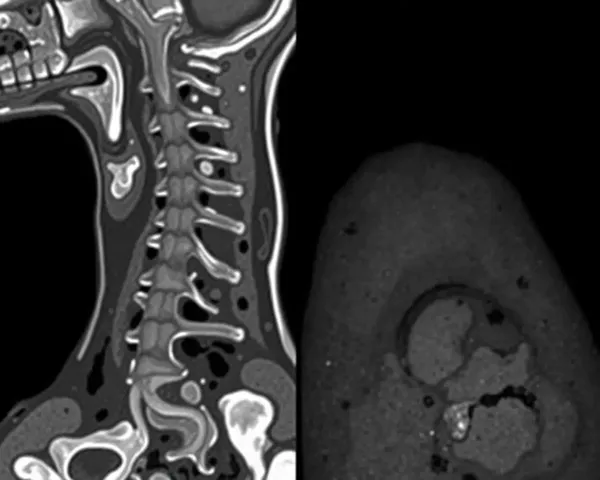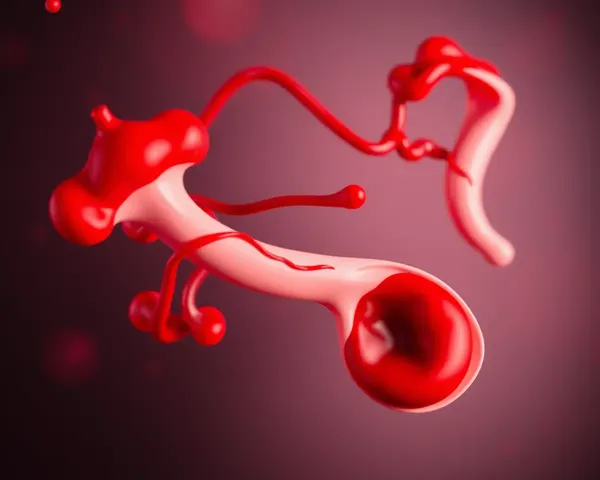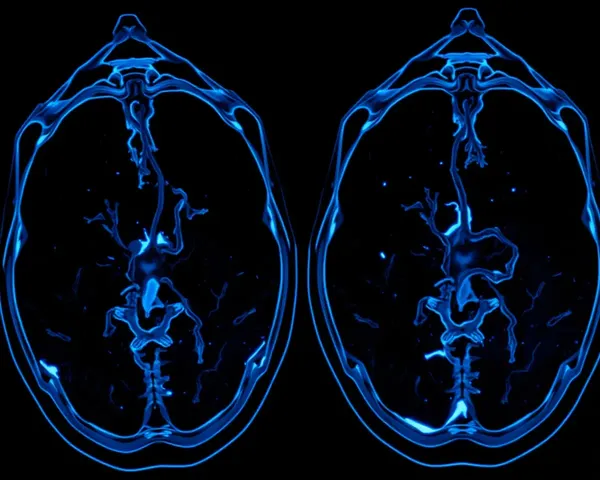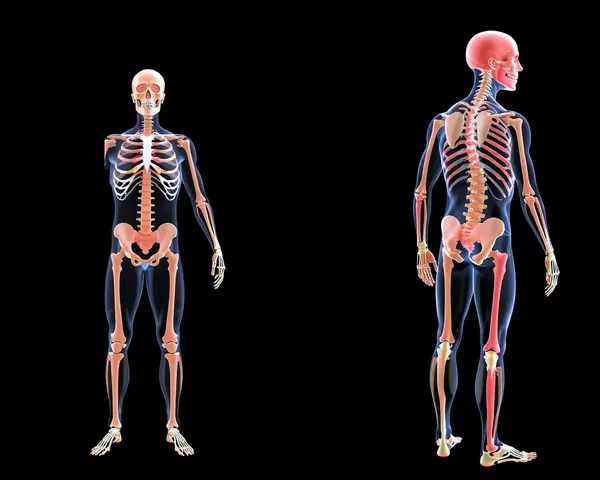cervix images(2,753)
A cervical imaging technique, also known as a Pap test, is a non-invasive procedure that involves collecting cells from the cervix, the lower part of the uterus that opens into the vagina, to screen for abnormal cell changes that could potentially develop into cervical cancer.
Top Recommended Prompts
A microscopic image of a normal cervix under a light microscope, showcasing the characteristic cells and tissues of the cervix, including the squamous cells, columnar cells, and basal cells, with a focus on the nuclear and cytoplasmic features, in a high-contrast and detailed manner.
A 3D rendering of a healthy cervix, showcasing its normal appearance and structure, with a transparent background to highlight the layers of the cervix, including the squamous epithelium, columnar epithelium, and connective tissue, in a realistic and detailed manner.
An illustration of the human female reproductive system, highlighting the cervix and its location within the vagina, with detailed anatomical features and labeled structures, including the ectocervix, endocervix, and transformation zone, in a vibrant and educational color scheme.




























